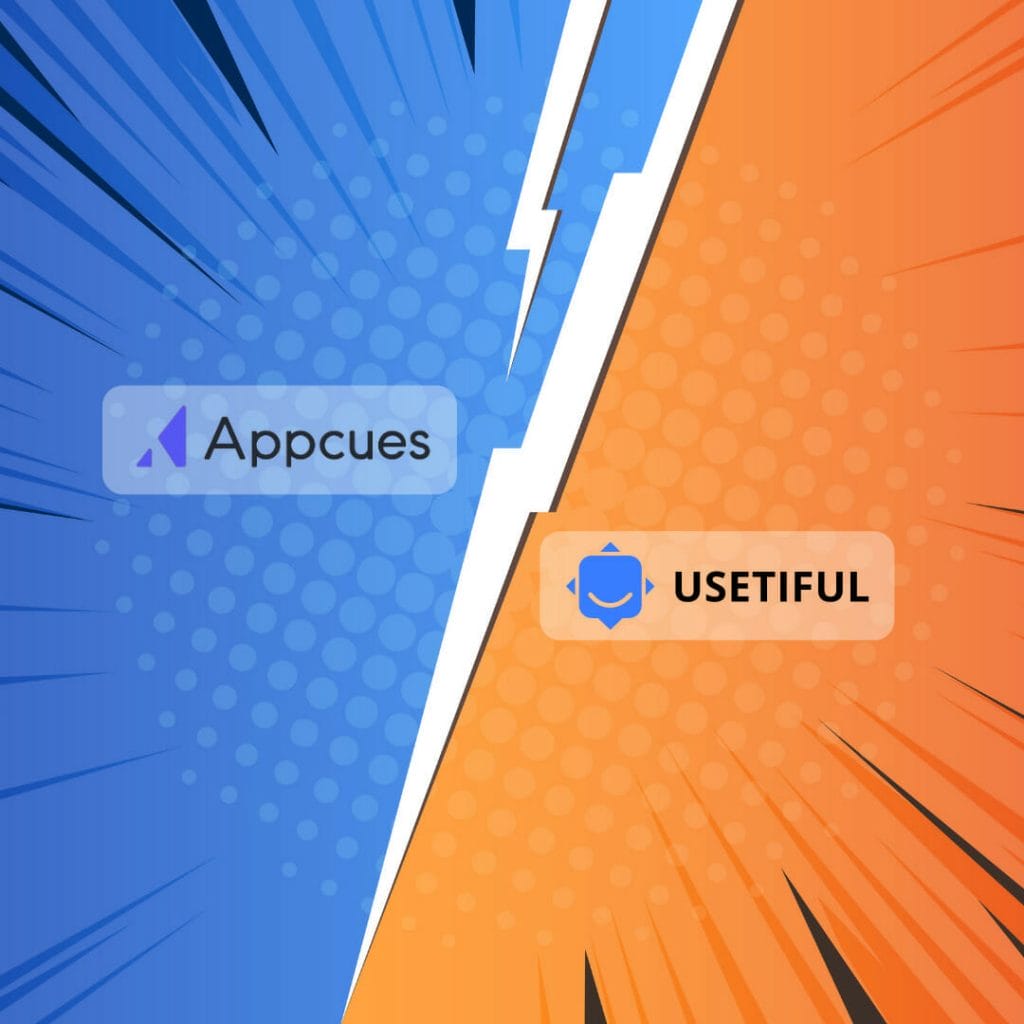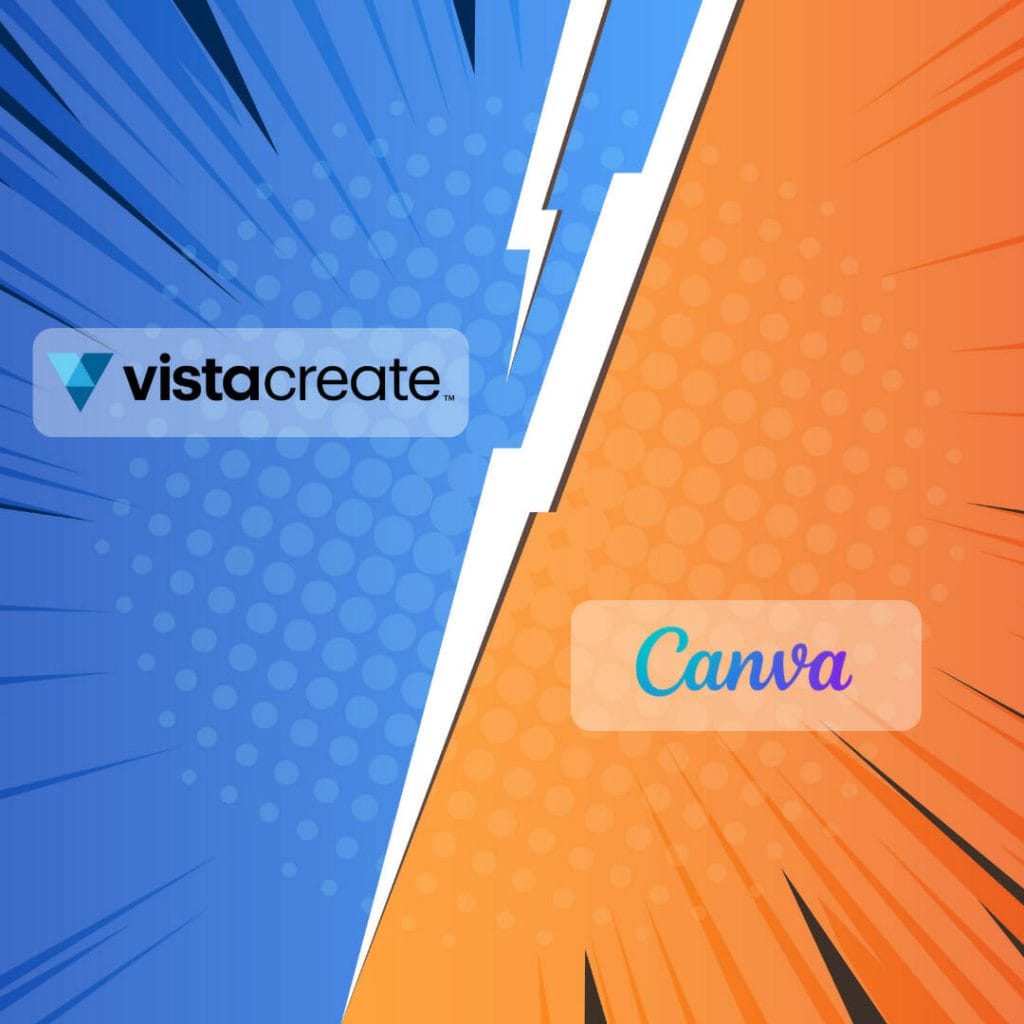In the rapidly evolving world of website design and development, choosing the right platform is crucial for both beginners and experienced professionals. Two popular website builders, Editor X and Webflow, have emerged as top contenders in the industry, each offering a unique set of features and capabilities. As web designers look for the best solution to fit their needs, a comparison between Editor X and Webflow becomes essential.
Editor X, launched by Wix in 2020, boasts a modern, user-friendly interface that has attracted a growing number of users. On the other hand, Webflow’s reputation as a powerful, drag-and-drop website builder has been well-established since its inception. Both platforms provide cutting-edge tools that enable designers to create visually stunning and highly functional websites without extensive coding knowledge.
Throughout this article, we will delve deeper into the intricacies of both platforms, focusing on their design capabilities, user experience, template offerings, and customizability. The aim is to provide you with clarity on the strengths and drawbacks of each solution so you can make an informed decision about which website builder best aligns with your project requirements and preferences.
About Editor X

Editor X is a powerful website builder developed by Wix, designed to provide a comprehensive solution for designers and web developers alike. It offers an intuitive workspace with a variety of features and tools that cater to different needs in web design and development.
At its core, Editor X empowers designers with a robust set of customization options, including a drag-and-drop interface, CSS Grid, and Flexbox. These features enable users to create responsive layouts with ease, making it possible to create designs that adapt to various screen sizes and breakpoints. There’s also a range of carefully crafted templates available for those who prefer a starting point for their design projects.
In addition to its advanced design capabilities, Editor X offers seamless integration with Velo, Wix’s tool for no-code web development. Velo allows users to take advantage of custom code capabilities, databases, and content management systems to enhance their website’s functionality without adding complexity to the design process.
Editor X places a strong emphasis on performance, offering SEO optimization, analytics integration, and hosting services to ensure a seamless user experience across different devices. The built-in design panel and workspace plans enable users to have precise control over their projects, making it suitable for individual designers, design agencies, and even larger teams.
For those looking to create online stores or ecommerce platforms, Editor X includes a comprehensive set of tools for managing products, inventory, and customer data. The platform’s ease of use, combined with its powerful customization options, makes it an ideal choice for designers who want the flexibility to create unique shopping experiences.
Collaboration is also a key component of the Editor X experience. The platform provides various collaboration features, including permissions, roles, and content management capabilities, allowing teams to work together efficiently and securely.
Finally, the Wix App Market further extends the functionality of Editor X by offering numerous third-party tools and integrations, ranging from marketing automation to appointment scheduling. These additional features, combined with the supportive community surrounding the platform, ensure that users have access to a wide array of resources to help them achieve their web development goals.
In summary, Editor X provides a comprehensive solution for web designers and developers, combining powerful design tools, advanced customization options, and a wide range of features to create unique, high-performing websites with ease.
About Webflow

Webflow is a powerful website builder that enables designers and developers alike to create visually stunning and highly responsive websites without the need for extensive coding knowledge. Its easy-to-use editor boasts a wide array of features and functionalities, making it an attractive option for individuals and businesses looking to develop a robust online presence.
Starting with its extensive library of templates, Webflow offers a solid foundation for users to build upon. These templates cater to various industries and cover both basic and complex website structures. The customization options available are impressive, allowing for extensive design and layout variations while ensuring optimal responsive design for both desktop and mobile devices.
One major advantage Webflow offers is its built-in content management system (CMS), which streamlines content creation and organization. This makes managing websites with dynamic content, such as blog articles or product listings, simplistic and efficient. Additionally, Webflow’s ecommerce functionality enables businesses to sell products and manage payments directly through the website, providing a complete solution for online retailers.
For those more familiar with HTML, CSS, and JavaScript, Webflow offers the ability to incorporate custom code, allowing more experienced developers to create highly tailored websites. Alongside this, Webflow’s editor integrates seamlessly with numerous third-party apps such as Zapier, enhancing workflow and simplifying integrations with other services or platforms.
In terms of pricing, Webflow offers a range of subscription options to cater to different user needs. From free plans for basic websites to affordable pricing plans with advanced features, small business owners and large enterprises alike can benefit from Webflow’s offerings. Furthermore, the platform includes reliable hosting services, ensuring optimal website performance and built-in SEO tools for improved online visibility.
When it comes to support, Webflow’s community forums and extensive library of video tutorials ensure users have access to valuable resources to overcome any learning curve. Additionally, their customer support team is readily available to assist users with any issues or inquiries.
Overall, Webflow’s powerful yet user-friendly editor, combined with its extensive list of features, from customizable templates to a comprehensive CMS and ecommerce capabilities, solidify its position as a top contender in the website builder market. Its versatility and ease of use make it an ideal choice for designers, developers, and businesses looking to create impressive and functional websites.
Round 1: Best UX

When it comes to user experience, both Editor X and Webflow have their unique strengths and weaknesses, catering to different levels of users. Starting with Editor X, its user-friendly approach makes it an excellent choice for beginners. The platform presents a clean, intuitive interface, allowing users to quickly grasp the basics of designing a website without the need for extensive knowledge or technical skills.
On the other hand, Webflow is known for its powerful design capabilities and a more comprehensive set of tools. However, this also means that Webflow has a steeper learning curve compared to Editor X. If you’re a designer familiar with advanced customization options and willing to invest time in learning the intricacies of Webflow, you might find the platform rewarding with its versatile features.
In terms of additional UX aspects, Editor X offers a set of pre-built templates which can be a great starting point for designers. Moreover, their innovative design tools like layout grids and docking save time and effort while working on a project. These features, combined with responsive design capabilities, make Editor X an appealing choice for those who want a user-friendly environment.
Comparatively, Webflow’s visual CSS editor takes customization to a whole new level, offering granular control over the styling of each website element. This might be overwhelming for inexperienced designers but provides more experienced users with unmatched creative freedom.
In conclusion, the best UX depends on your familiarity with design tools and the level of customization you require. Editor X is beginner-friendly and easier to navigate, while Webflow is a feature-rich platform suited for more advanced users.
Round 2: Features Comparison

When comparing Editor X and Webflow, it’s essential to examine their respective features to determine which platform suits your needs better.
Editor X prides itself on providing powerful design tools, granting users precise control over their website layout. This includes flexible grids, stacking, and docking options that make it easy to design responsive websites. In addition, their built-in design library features numerous templates that cater to various industries and styles. One noteworthy aspect of Editor X is its robust set of collaboration tools, facilitating team development with messaging, comments, permission control, and client sharing features.
On the other hand, Webflow is known for its visual, drag-and-drop interface, which allows you to create stunning websites without writing a single line of code. Webflow shines when it comes to CSS and animations, providing extensive customization options. Furthermore, designers can leverage the Webflow CMS to manage content with ease, offering a powerful way to update and maintain websites over time.
For e-commerce functionality, both platforms deliver solid options. Editor X integrates with Wix Stores, a powerful e-commerce solution with various payment methods, shipping, and tax management capabilities. Additionally, Editor X supports multi-language websites, allowing you to reach a global audience.
Meanwhile, Webflow offers its native ecommerce setup, enabling users to sell products and manage their online store seamlessly. It also provides various payment gateway integrations and flexible shipping settings. Webflow’s e-commerce solution, however, is available only on the higher-tiered plans.
While Editor X and Webflow both offer responsive design capabilities, they differ in their approach to user experience. Editor X’s interface leans towards simplicity and ease of use, reducing the learning curve for new users. In contrast, Webflow’s robust toolset initially may appear overwhelming—however, once designers become familiar with their environment, they can unlock the platform’s potential to create beautiful, fully responsive sites.
In summary, both Editor X and Webflow provide powerful website building platforms, each with its strengths. Ultimately, the choice will depend on your preferences, team collaboration needs, and the type of website you wish to create.
Round 3: Price

Editor X and Webflow offer different pricing plans aimed at various types of users. In this round, we compare the costs associated with each platform to determine which might be more suitable for your budget.
Editor X has a free plan available, which is perfect for testing out the platform and its features. However, it comes with limited functionality and displays Editor X branding on the website. For more advanced features and a professional-looking website, there are paid plans starting at $22/month for the Essential Plan, which includes hosting, custom domain connection, and 50 GB of storage. The Business & eCommerce plans range from $35 to $500/month, offering additional features such as accepting online payments and increased storage.
Webflow also provides a free plan for users who want to explore the platform without any investment. This plan comes with Webflow branding and can be useful for personal projects or learning the system. The paid plans start at $16/month for the Basic Plan, which includes hosting and custom domain support. The CMS and Business plans are priced at $20 and $45/month, respectively. These plans offer more features such as increased number of CMS items and site collaborations. For eCommerce plans, Webflow’s pricing ranges from $29 to $212/month, depending on the scale of your online store.
To summarize, both Editor X and Webflow offer a free trial plan for users to test out the platform. The paid plans for Editor X are priced slightly higher than those offered by Webflow. However, the exact cost will depend on your specific needs and the features you require for your project.
Battle Decision: Editor X Winner

Editor X emerges as the winner in this battle due to its advanced capabilities and intuitive design interface. It provides a unique segment of the web development market with the tools they need to create stunning and highly functional websites.
With Editor X, users experience impressive design flexibility, making it possible to create visually appealing websites that cater to various audiences. The platform boasts a selection of powerful design tools, including grid layouts and responsive breakpoints, ensuring a seamless experience for both designers and website visitors.
In comparison to Webflow, Editor X offers a more user-friendly approach, focusing on the needs of designers and agencies who want to build websites without needing code. The platform’s drag-and-drop functionality, combined with its robust set of design features, enable users to craft customized websites with ease.
One of the factors that give Editor X an edge over Webflow is its integration with Wix’s vast ecosystem. This provides users with access to a vast array of apps, plugins, and resources to enhance their web projects. Additionally, the platform offers strong support for e-commerce, catering to businesses of all sizes and types.
While both Editor X and Webflow have their respective strengths, it is the combination of advanced design tools, a user-friendly interface, and extensive resources offered by Editor X that ultimately makes it the winner in this battle. Whether you’re a professional web designer or a freelancer starting a new venture, Editor X delivers a comprehensive toolset and robust features to bring your web designs to life.



